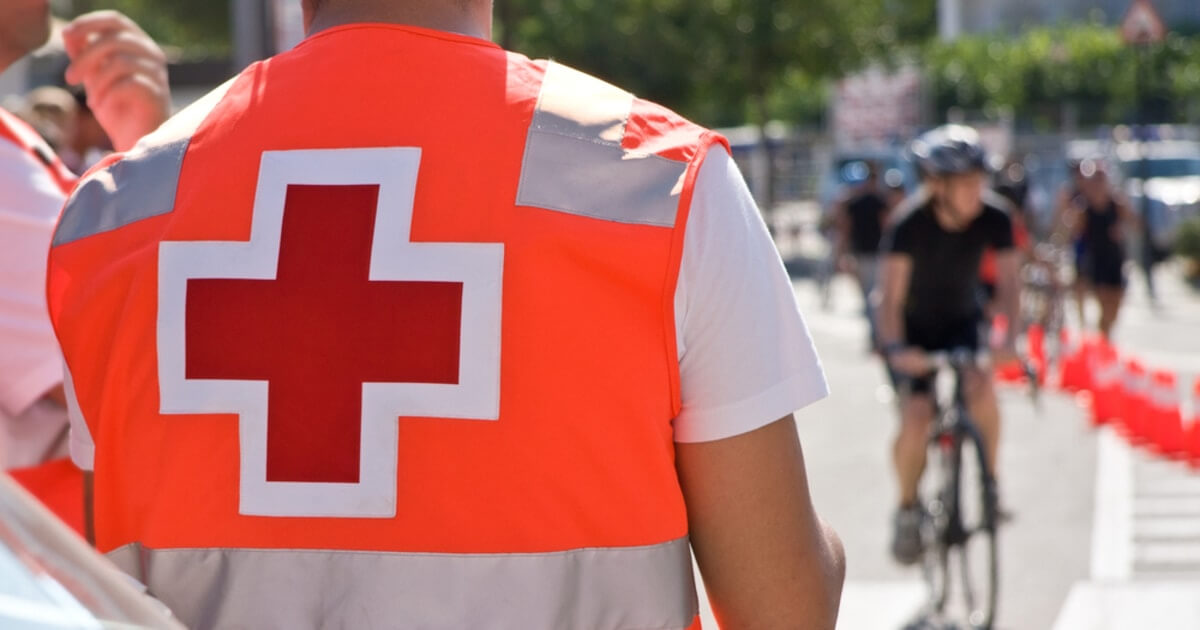Red Cross to Help Disaster-Riddled Communities in Kenya via Blockchain
Brian Njuguna Dec 01, 2019 02:00
Red Cross is eyeing to use blockchain-backed “local currencies” to help revitalize poor communities and establish a thriving economy on the foundation of smooth trades. As a result, the Red Cross societies of Kenya, Norway, Denmark, will be partnering to steer this initiative.

A notable challenge when supporting disaster-stricken communities entails overseeing the entire process and ensuring that everything transgresses as planned.
The Red Cross is eyeing blockchain-backed “local currencies” to help revitalize poor communities and establish a thriving economy on the foundation of smooth trades. As a result, the Red Cross societies of Kenya, Norway, Denmark, will be partnering to steer this initiative.
Kenya’s rejuvenation plans
In Kenya’s slum and poor communities, members have a lot of things to sell, such as home-grown tomatoes. Nevertheless, few of them have sufficient disposable incomes to enable them to buy these goods, and this reduces the urge to produce more.
In some cases, barter trade is involved, for instance, exchanging farm produce for labor rendered. However, keeping track of debts is an inefficient process. This trend is also noted in village savings and loan groups, whereby transactions are mostly recorded on paper slips.
The Red Cross seeks to eradicate this challenge by offering a credit loop supported by blockchain-powered currencies. This will be instrumental in ensuring that these communities do not handle over cash in a straight forward way as they will be made to be self-reliant. As a result, they will be in a position to tackle natural disasters, such as drought, that usually recur in Kenya.
This objective will be attained by using a phone app comprising of simple features needed to transfer credits. All transfers will be stored on a blockchain. Slum-dwellers or villagers will, therefore, be in a position to be renumerated for their labor and consequently spend the credits earned on local services and goods. The system has already been tested in parts of Ethiopia and Kenya, and it has been pivotal in enhancing economies in poor communities.
Adam Bornstein, a member of the Danish Red Cross, stipulated that this system functions similarly as the popular M-Pesa mobile transfer network in Kenya, though the users will not be required to hold Kenyan shillings, the national currency.
The blockchain project seeks to efficiently utilize the aid fund availed by the Red Cross to the tune of $1 billion annually.
Image via Shutterstock
Image source: Shutterstock
.jpg)